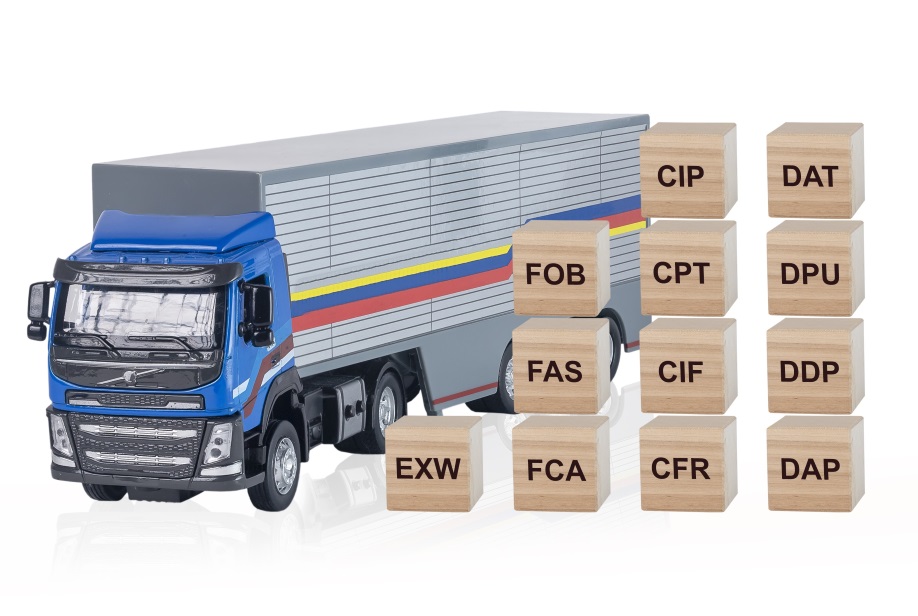How to use Incoterms?
If you are selling products, be sure to include your chosen Incoterms and HS codes on your commercial invoice for shipping outside of the EU.
Better yet, include them in your terms and conditions. Informing customers that they are responsible for customs charges (or any other aspects) will save you future headaches. Most consumers won't understand what each Incoterm means. Make sure your customers thoroughly understand the Incoterm(s) you select by explaining each condition in detail.
Incoterms must be chosen carefully, as different carriers may not support every term. To make sure that you can use your desired carrier, always check with them first.
How do the Incoterms Function?
Incoterms are essential for the international shipment of goods. Here is a summary of their various functions.
Main functions:
● Allocation of Costs: Who will pay for what expenses?
● How are responsibilities and risks divided between the two contracting parties? Who is responsible for what, and when?
Other functions:
- ● Documentation for Goods:
Who is responsible for purchasing the necessary documents?
- ● Customs:
Who is responsible for customs clearance: the contracting party or ourselves?
- ● Documentation for Transportation:
Which partner should purchase the transportation documents?
- ● Shipping insurance:
Which partner is responsible for insuring the goods during which part of the transport?
- ● Necessary Information:
When and about what topics should each contract partner update the other?
- ● Inspection of Goods:
Who is completing the goods inspection?
- ● Packaging of Goods:
Who is responsible for deciding the type and packaging method of products?
There are 11 (eleven) different Incoterms in total. The key distinction between these types of International Commercial Terms is when the risk shifts from the seller to the buyer.
So, at what point is the buyer responsible for;
- ● Transport costs?
- ● Shipment risks?
- ● Shipping insurance?
What Incoterms 2020 changes have been made?
The term DAT has been changed to DPU, which stands for Delivered at Place Unloaded. This is because goods can not only be delivered to a terminal or dock, but also at any other point where it is possible to load goods— such as a factory or warehouse.
The new on-board BL (Bill of Lading) option is added to the FCA:
This means that the sales agreement can stipulate that a Bill of Lading must be issued. The Bill of Lading demonstrates that merchandise has been loaded onto the mode of transportation. By going around third parties, the buyer is now telling the carrier to give this "note of board" directly to the seller.
The difference in the level of coverage for CIP and CIF:
CIP requires that the seller have comprehensive transport insurance, while with CIF only minimal coverage is required.
DAP, FCA, DPP, and DPU have their own transport means:
For these, businesses that own their vehicles can transport their own goods.



 Back to Blogs
Back to Blogs